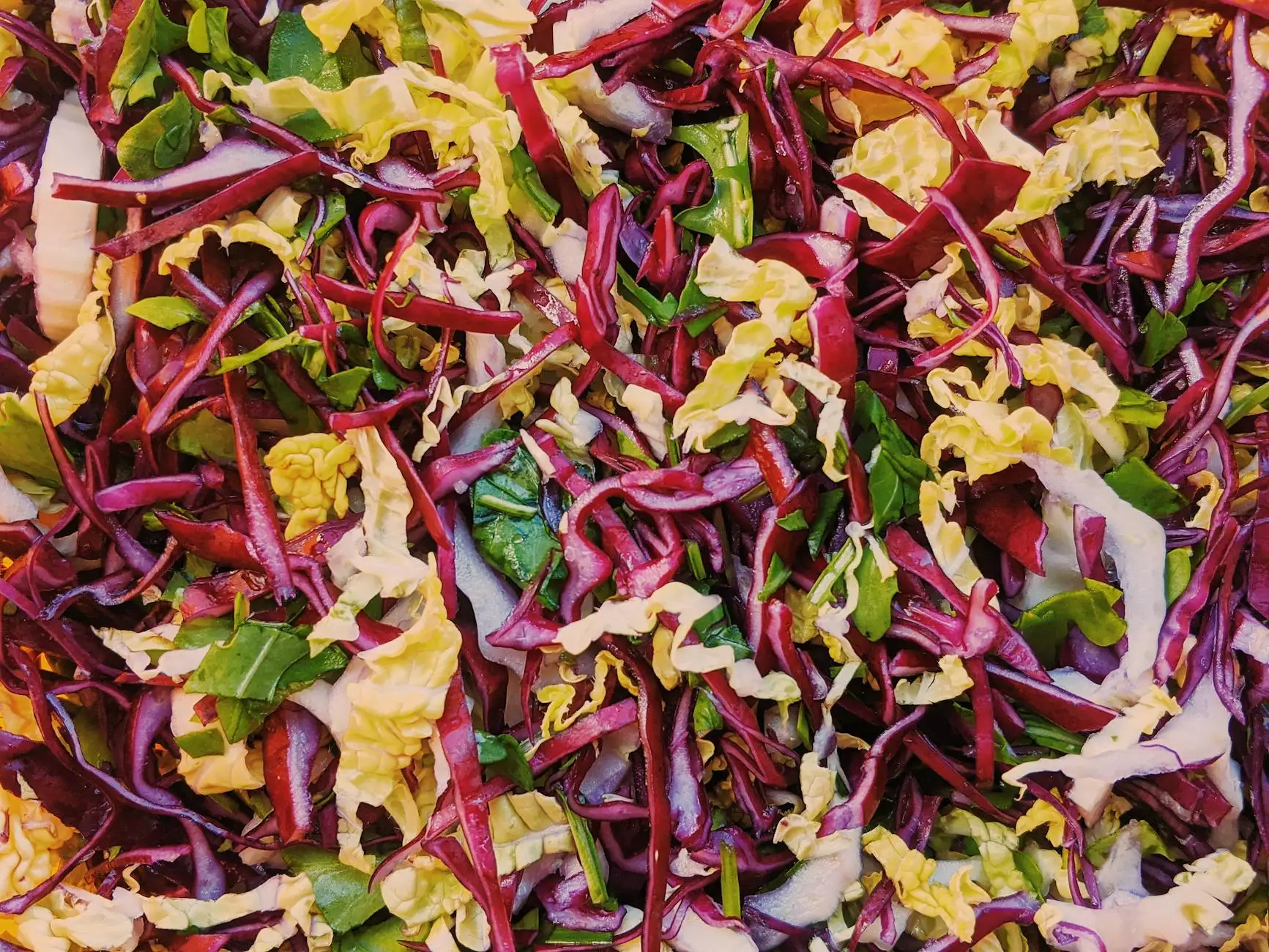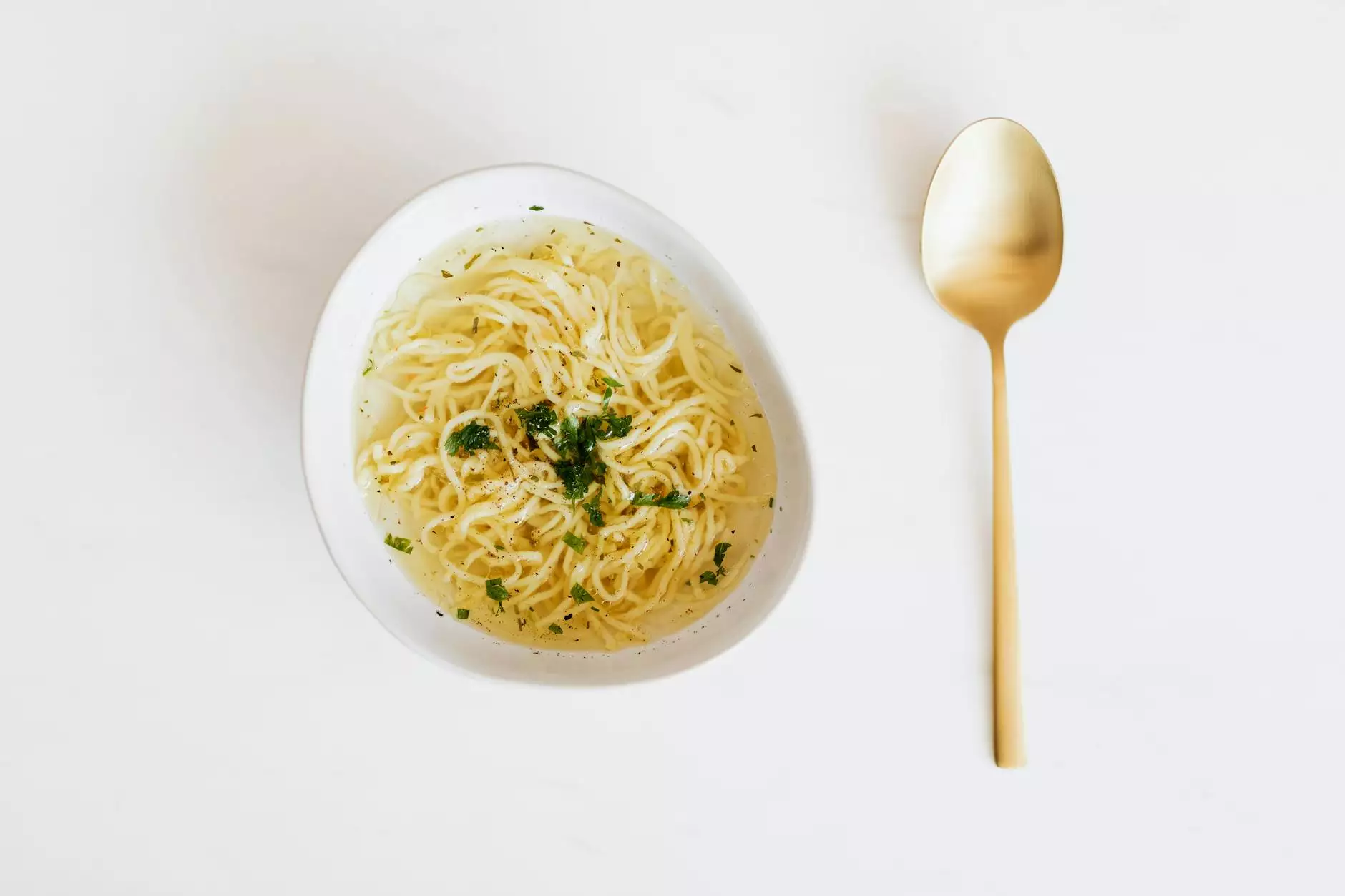Your Ultimate Guide to Making Napa Cabbage Kimchi
Blog
Introduction
Welcome to Pollen Bank's ultimate guide to making Napa Cabbage Kimchi! If you're a fan of this popular Korean dish or looking to explore new flavors, you've come to the right place. In this comprehensive guide, we will provide you with step-by-step instructions, valuable tips, and insights to help you create the most flavorful and traditional Napa Cabbage Kimchi at home.
The Origins of Kimchi
Kimchi has a rich history dating back thousands of years in Korean culture. It is a traditional side dish made from fermented vegetables, with Napa cabbage being one of the most popular choices. Kimchi is not only known for its incredible taste but also for its numerous health benefits.
Why Make Your Own Kimchi?
While you can easily find kimchi in grocery stores, making your own offers several advantages. Firstly, homemade kimchi allows you to control the ingredients and adjust the flavors to your liking. You can experiment with different spice levels and variations to create your personal favorite. Additionally, making kimchi at home is more cost-effective in the long run and ensures you have a fresh supply whenever you crave it!
Ingredients
- 1 large Napa cabbage
- 1 cup sea salt
- 4 cups water
- 1 tablespoon grated ginger
- 4 cloves garlic, minced
- 2 tablespoons Korean red pepper flakes (gochugaru)
- 4 green onions, chopped
- 1 tablespoon fish sauce (optional for non-vegetarians)
- 2 teaspoons sugar
- 1 teaspoon soy sauce
- 1 tablespoon rice flour or sweet rice flour
- Filtered water
Step-by-Step Instructions
Step 1: Preparing the Cabbage
Start by cutting the Napa cabbage into quarters and removing the core. Rinse each leaf under cold water to remove any dirt or impurities. In a large bowl, dissolve the sea salt in water and soak the cabbage leaves for 2 hours. This process helps to draw out excess moisture and create the desired texture for your kimchi.
Step 2: Creating the Kimchi Paste
In a separate bowl, combine the grated ginger, minced garlic, Korean red pepper flakes, chopped green onions, fish sauce (if using), sugar, soy sauce, and rice flour. Mix well until all the ingredients are thoroughly combined. Adjust the spice levels according to your taste preferences.
Step 3: Coating the Cabbage
After the cabbage has soaked for 2 hours, drain the water and rinse the leaves under cold water again. Gently squeeze out any excess liquid and pat dry with a clean kitchen towel. Using your hands or a brush, coat each leaf with the kimchi paste, making sure to cover all surfaces.
Step 4: Fermentation
Transfer the coated cabbage leaves into a clean, airtight container. Pack them tightly to avoid any air bubbles. Leave some space at the top to allow for expansion during fermentation. Close the container and let it sit at room temperature for 1-2 days for initial fermentation. Then, store it in the refrigerator for additional fermentation, usually taking around 1-2 weeks. The longer you ferment, the stronger the flavors become.
Enjoying Your Kimchi
Once your kimchi is fully fermented, it's time to enjoy the fruits of your labor! Kimchi can be served as a side dish, added to soups, stews, stir-fries, or even used as a topping for burgers or tacos. Get creative and incorporate kimchi into your favorite recipes to add a burst of tangy and spicy goodness!
Conclusion
Congratulations! You've now mastered the art of making Napa Cabbage Kimchi. With Pollen Bank's ultimate guide, you have all the information and techniques needed to create a delicious batch of homemade kimchi that will impress your family and friends. Enjoy the flavorful taste and the numerous health benefits that homemade kimchi has to offer. Happy fermenting!
Additional Resources
For more recipes and information on Korean cuisine, be sure to check out our blog at http://thepollenbank.com/blog. Browse through our collection of delicious recipes and discover the world of flavorful and healthy food!




